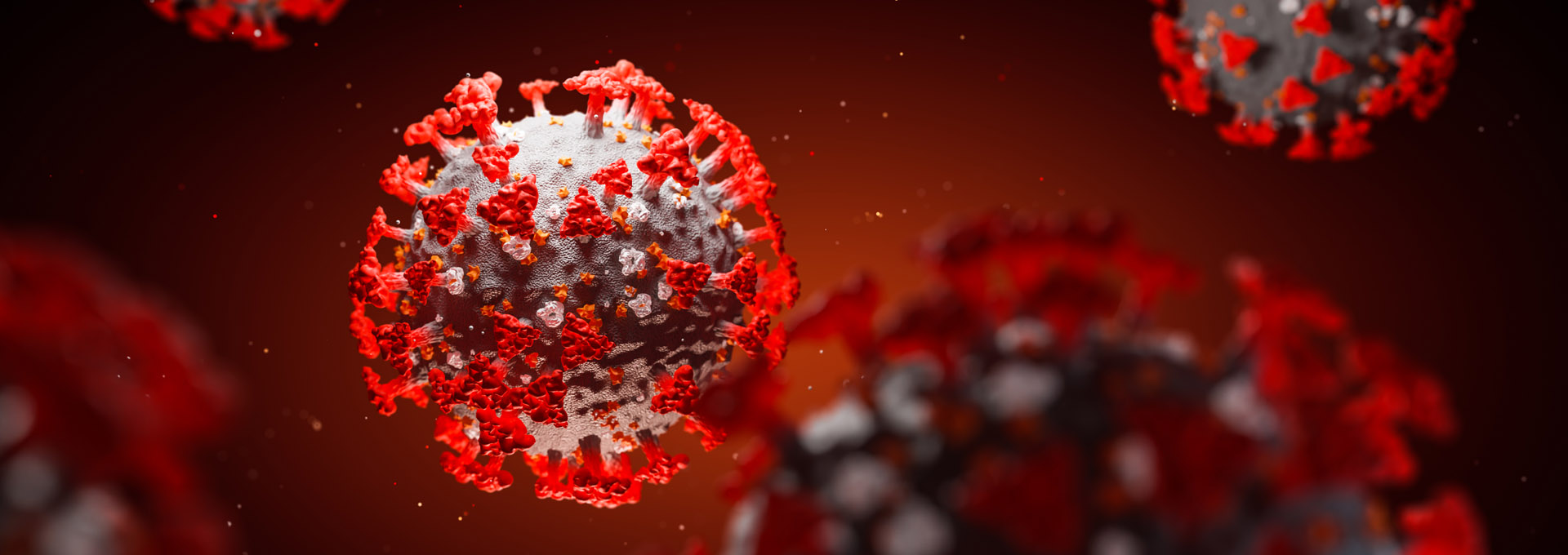Guest Editorial: A Litmus Test for a Culture of Quality

Coronavirus COVID-19 has raced through the planet like a wildfire—ignoring geographic barriers, cultural boundaries and economic divisions—leaving in its path catastrophic devastation. Mortality and morbidity numbers will continue to accumulate until an effective vaccine is available and administered to provide global community immunity. Just as many humans will have perished, so will our routines, succumbing as well to the virus’ devastating effects. Ironically, even with all our present technology, knowledge, ingenuity and capable healthcare providers, our only immediate response has been a throwback to years gone by—shelter-in-place quarantine to mitigate the rate of person-to-person transmission.
This biological pandemic has also exposed meaningful gaps in the infrastructure and capabilities of governments, healthcare systems and the pharmaceutical industry to manage such a crisis instead of scrambling to respond to the wake of its destruction. In the coming months and years, we will see inquests conducted into all aspects of biodisaster prediction capability, preparedness proficiency and response competency. Gaps will be identified, policies and procedures written, and accountabilities ascertained.
What does this portend for pharmaceutical and biopharmaceutical manufacturers, and patients relying on the availability of lifesaving products? First, it exposes a truth about vaccine development and manufacturing that not everyone in the medical community—and few in the greater public—grasp: the timelines to develop, manufacture and qualify-for-use is not days or weeks but many months. Citizens of developed nations have come to expect fulfillment of their healthcare needs in a short-term window. And while we enjoy the capacity to manufacture sufficient vaccine supplies, availability is not an overnight reality. In this regard, early detection and vaccine development for novel viral species, along with better public education, will be an incumbent requirement going forward.
Second, we can see the degree to which healthcare delivery systems and pharmaceutical device and drug product manufacturing are built with finite capacity constraints. Today’s manufacturing is organized to serve the immediate medical-need requirements with a capacity-buffer added for reasonably anticipated supply disruptions. While some level of reserve capacity and supplies are maintained, it is neither efficient to build adequate hospital beds nor preproduce enough drug product to respond to such global calamitous events as COVID-19. The resulting opportunity cost would be too great—diverting limited resources from other essential services. But in both venues, there must be preplanned contingencies to provide for the medical-equivalent of the “100-year flood.”
Importantly, this event is not just about vaccine availability. Viral-based pandemics strike with primary vector injuries, secondary infections and associated systemic involvement. Patients more severely affected often need significant medical interventions. In the intensive care unit, those patients placed on ventilators require a myriad of parenteral products to support their recovery: sedatives and paralytics, vasopressors, high-volume intravenous fluids, antibiotics and so forth. The quantities of these medicines produced are derived from data representing a fairly stable and predictable utilization pattern, with manufacturing capacity designed around those parameters. Obviously, disruptions in their availability can have devastating consequences.
As pressure is brought to bear on available drug and device supply, it is critically important that an event such as this should not serve as an opportunity for the introduction of sub-quality medical products. Those individuals working in manufacturing and quality already encounter daily demands to move product forward into the marketplace. Additional stresses on the system—highlighted by a bio-pandemic—provide the substrate where decision-making processes may breakdown in the immediate moment. One need only look at the tragedies of the space shuttles Challenger and Columbia or the flawed modification of Boeing’s 737 MAX flight control software to recognize the disastrous consequences resulting from stress-induced judgments.
Why then do some organizations fall prey to these pressures while others maintain their composure? There are two primary factors:
- The ability to effectively manage agreement, and
- A deeply embedded culture of quality.
These entities have adopted fundamental organizational principles that both encourage and support the presence of contrary perspectives. This behavior represents strong institutional character at its finest. These organizations recognize that inhibiting or discounting thoughtful dissent gives rise to a group-consensus flawed in the first instance by its parochial construct. The inability to manage agreement, not conflict, drives counterproductive outcomes. Group-think agreement represents the truest example of form overshadowing substance—rationalization operating in the institution’s subliminal architecture.
It comes down to a quality of culture. The whole of organizations should have quality insinuated like interstitial fluid, not overlaid like ornamental integument. Those institutions—both governmental and commercial—with quality fully integrated within their fabric, will certainly face challenges, yet respond in a way that assesses the totality of implications from all manner of external events and influences, and ultimately provides dispositions and conclusions based on the impact to the patient. Those parties that do not will run the risk of myopic solutions that might serve the immediate need yet are not fully cognizant of the unintended—and potentially detrimental—consequences.
As a physician working with manufacturing and quality organizations, it is especially important to my clinical colleagues and me that calamity does not lead to shortcuts in the quality of the products produced. Healthcare providers rely upon product consistency to monitor the safety and efficacy of the therapy. Quality is quality. Quality standards should not shift like grains of sand in the wind. But product quality should not be confused with specifications. And specifications—as one gauge of quality—should not be seen as absolute arbiters of product performance. Many specifications are adopted to satisfy some component of broad regulatory guidance or are simply the residuum of early manufacturing and analytic experiences. What we should be concerned with are not black-letter registered datapoints, but those elements clinically relevant to the efficacious and safe use of the product.
In fitting this all together, it is essential to remember that pharmaceutical manufacturing and healthcare delivery systems are fundamentally self-regulating entities. Government agents are neither in healthcare-provider settings to monitor moment-to-moment care decisions nor in pharmaceutical and biopharmaceutical manufacturing facilities to attest to the real-time quality of the released products. In fact, the U.S. FDA’s Pharmaceutical Quality for 21st Century initiative included this vision statement: “A maximally efficient, agile, flexible pharmaceutical manufacturing sector that reliably produces high quality drugs without extensive regulatory oversight”
The credibility required to operate under limited oversight relies upon the integrity of the quality enterprise. A crisis can bring about progress but only if the opportunity is embraced. Carpe Diem. Seize the day. Those involved in the development, manufacture or oversight of drug products and medical devices should take this current event not as a disaster, but as a challenge to enhance and evolve our manufacturing, supply, and quality systems. At this point, through extreme self-isolation measures, we have been fortunate to avert the full force and impact from the coronavirus. Yet the potential consequences of inadequate preparedness to our family, colleagues and neighbors is readily apparent. Now is the time to advance the quality culture in your organization—an opportunity that cannot not be squandered.



 For 15 years, John Ayres, MD, served as the health hazard evaluation physician and senior medical fellow, Product Safety Assessments for a multinational pharmaceutical company. In this role, he worked closely with product development, manufacturing, quality, and pharmacovigilance to evaluate the human safety risk potentially associated with critical quality attributes, manufacturing and environmental excursions, and linked to product complaints, or related to counterfeit medication issues.
For 15 years, John Ayres, MD, served as the health hazard evaluation physician and senior medical fellow, Product Safety Assessments for a multinational pharmaceutical company. In this role, he worked closely with product development, manufacturing, quality, and pharmacovigilance to evaluate the human safety risk potentially associated with critical quality attributes, manufacturing and environmental excursions, and linked to product complaints, or related to counterfeit medication issues.